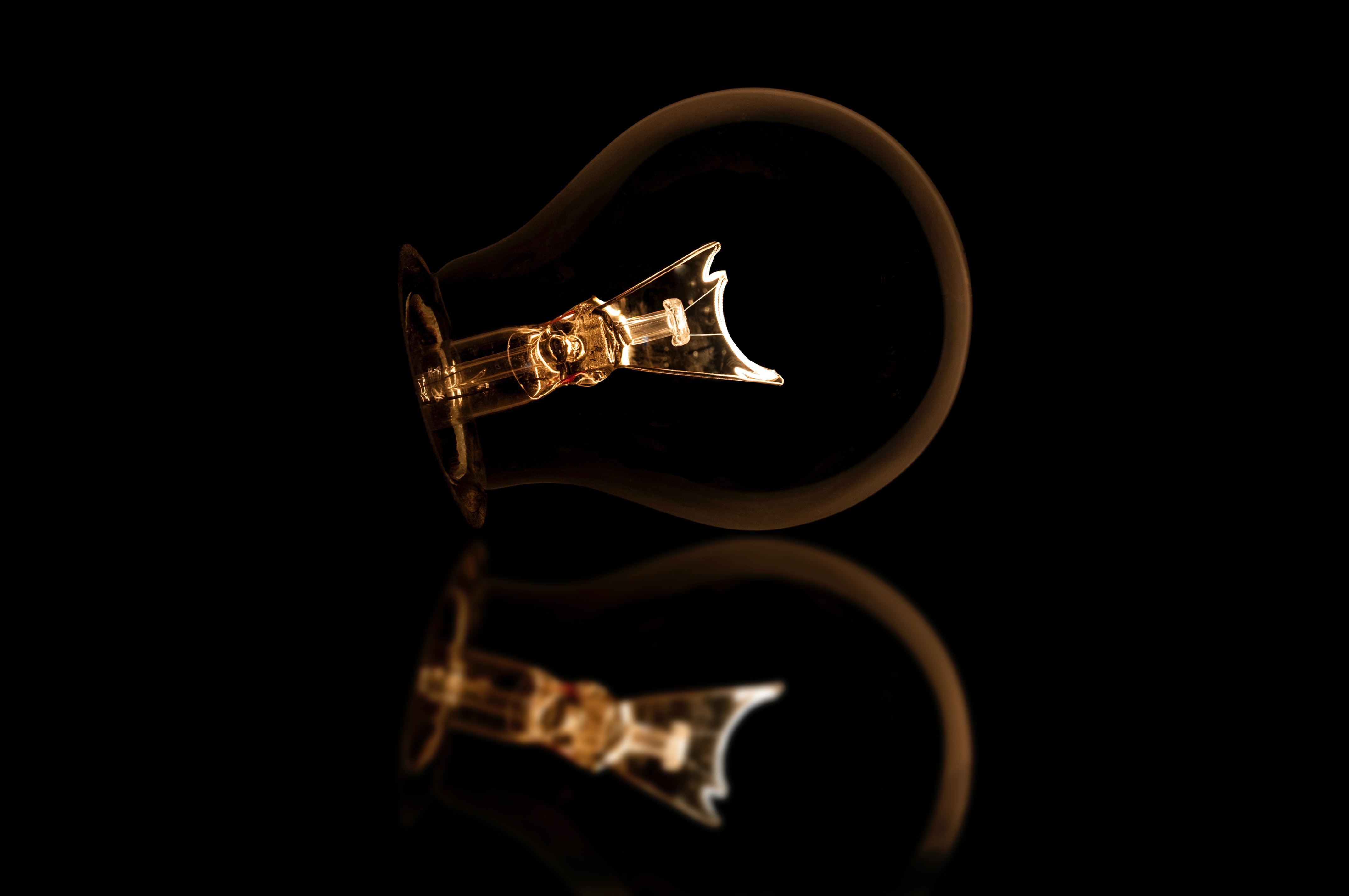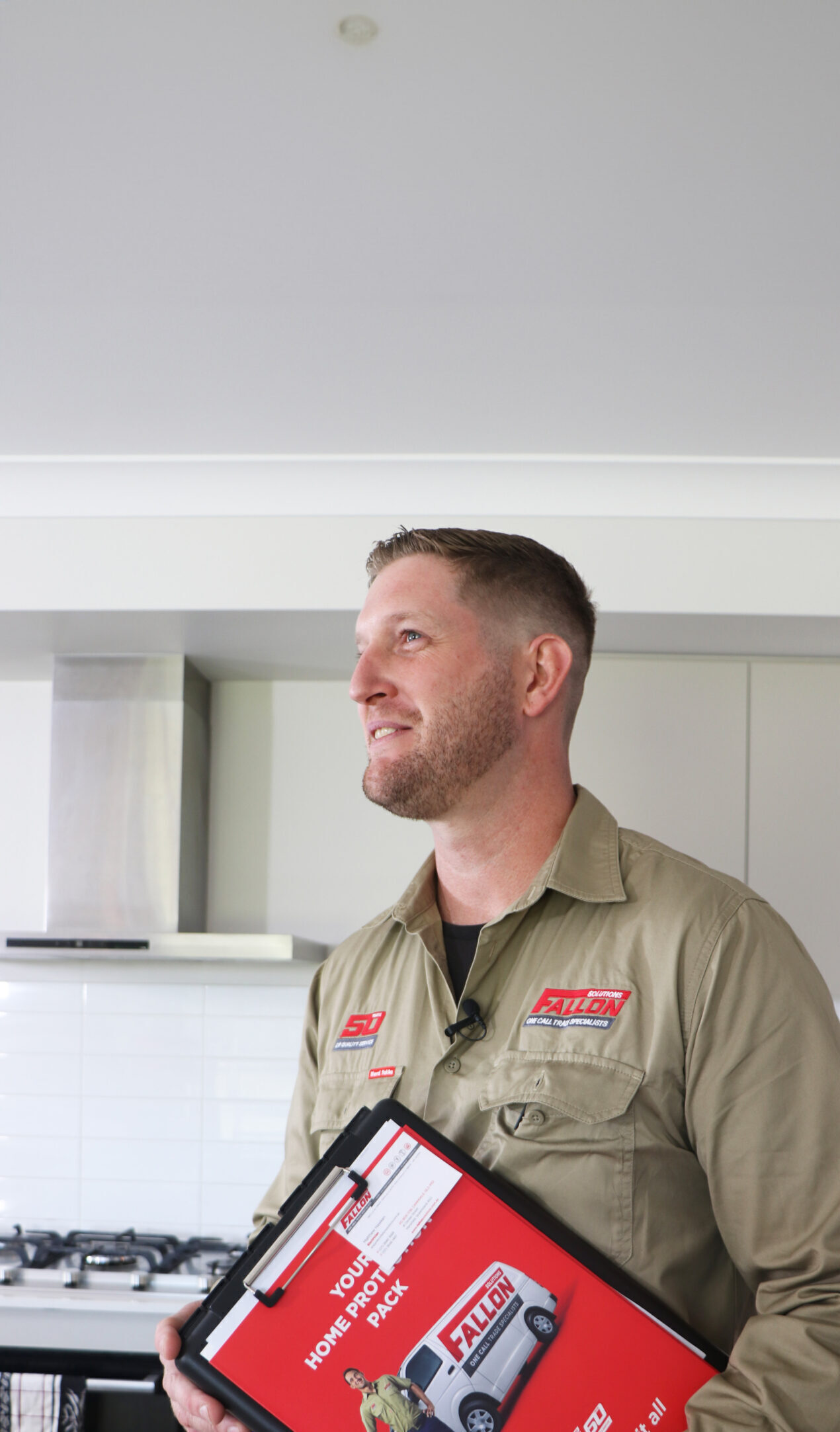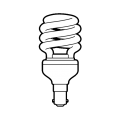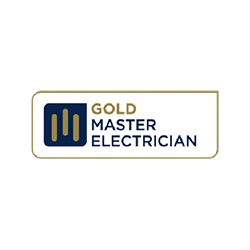What are the different types of lights?
These days, when you head to the supermarket or hardware store for a light bulb you are greeted with a pretty overwhelming sight. White globes, small globes, large globes, coloured globes. Globes with letters and numbers and types. We don’t blame you if you turned around and walked out!

So, to try and make your life a little easier when it comes to picking globes, we thought we would put together a light guide – something to explain the different light types and their pros and cons. If you would like some further information or some assistance with installing some lighting in your home or workplace, give the electrical team at Fallon Solutions a call today on 1300 762 260.
What are the different types of light bulbs?
Let’s start at the beginning – what are the different types of light bulbs? There are four major types of light bulbs:
- Incandescent Light Bulb: The traditional kind of light bulb and what most people have used over the last 100+ years. They are not very efficient though and can become expensive to run. Phaseouts of incandescent globes began around 2009.
- Halogen: These light bulbs run just like incandescents but contain halogen gas, making them more energy efficient and allowing them to run for longer.
- CFL or Compact Fluorescent Lamp: These light bulbs are more efficient than their incandescent and halogen counterparts, both in energy and cost. They do have a small amount of mercury in the bulbs though.
- LED or Light Emitting Diodes: These light bulbs are the most energy efficient and cost effective options currently available.
Need professional electrical services from a local Master Electrician?
We Can Be There Today!
Call 1300 054 488 or
Book Online
For all your electrical and plumbing needs, call us on 1300 054 488.
How does a light bulb work?
How a light bulb works depends on the type of light bulb.
Incandescent Light Bulbs

- Traditional bulbs.
- Create light by heating a wire (‘tungsten filament’) to a high temperature.
- The wire is heated by running an electric current through it until it is glowing.
- The more energy (‘watts’) that get through the tungsten filament, the more light (‘lumens’) is created.
- More energy creates more heat, but also creates more wasted energy.
Halogen

- Lights up like an incandescent light bulb – through heating up the tungsten filament.
- A halogen bulb contains halogen gas though, which is the difference.
- Halogen gas means the heating process occurs faster, resulting in the bulb getting brighter while using less electricity.
- Also lasts longer, as halogen gas protects the tungsten filament.
CFL

- CFLs and fluorescent tubes work in the same way.
- An electric charge is created inside a glass tube that contains mercury vapour.
- The mercury vapour gets excited due to the electric charge and generates invisible ultraviolet (UV) light.
- The phosphor lining inside the tube is then hit by the UV light, which excites the phosphor.
- This generates light that we can see.
LED

- LED lights work differently from the other 3 options, making them more energy efficient.
- An electric charge is sent through solid material, instead of filament or vapour, which engages the electrons within it.
- Engaging the electrons makes them move around quickly through the solid material, producing light.
- Heat levels in this process are very low, so electricity doesn’t really get wasted.
What pros and cons do each light bulb type offer?
Incandescent Light Bulbs
| Pros | Cons |
| Cheap to purchase. | Do not last very long. |
| Cheap and simple to manufacture. | Inefficient to run. |
| Manufactured from non-toxic materials. | Not suitable for large spaces. |
| Suited to small spaces. | Only used generally for speciality e.g. oven lights |
| Most common choice for over 100 years. |
CFL
| Pros | Cons |
| Very versatile. | Extended warm up period. |
| Very little heat generation. | Not suited to enclosed fixtures. |
| Energy efficient compared to halogens and incandescents. | Do not last very long. |
| Cost effective compared to incandescents and halogens. | Sensitive to cold temperatures. |
| Usable with dimmers | Can contain mercury. |
Halogen
| Pros | Cons |
| Compact. | Low voltage transformer may be required. |
| Clear light. | Inefficient. |
| Energy efficient compared to incandescents. | Do not last very long. |
| Cost effective compared to incandescents. | Run hotter than other options. |
| Cheap to buy. |
LED
| Pros | Cons |
| Most energy efficient option. | Generally more expensive. |
| Most cost effective option. | Reliant on surrounding temperature to work properly. |
| Compact. | Do not offer spherical distribution. |
| Low heat generation. | Can be voltage sensitive. |
| Long lasting. |
How does each light bulb compare?
LED (light emitting diode)
CFL (compact fluorescent lamp)
Halogen
Circular and linear fluorescent
Typical omnidirectional light bulb and price




Typical directional light bulb and price



N/A
Colour range
Warm White to Daylight
Warm White to Daylight
Warm White
Warm White to Daylight
Dimmable
Selected Brands
Selected Brands
Yes
No
Life span (hours)
15,000 – 30,000
6,000 – 15,000
2,000 – 4,000
10,000
Replacement globes (over 10 years)
How do light types and lighting types compare?
We know, we know, it’s confusing. But light types and lighting types are actually two different things. Light types refer to the light bulb, like what we have spoken about above e.g. LED or incandescent. Lighting types, on the other hand, refers to the actual lighting type. Examples of lighting types include task, general and accent, which generally work together to light a space.

If you are looking for further information, give Fallon Solutions a call today on 1300 762 260 .
Resources:
https://www.choice.com.au/home-improvement/energy-saving/light-bulbs/buying-guides/light-bulbs
http://www.energyrating.gov.au/lighting/types-of-light-bulbs
http://www.energyrating.gov.au/document/factsheet-light-bulb-buyers-guide
* Light Bulb images courtesy of Energy Rating
* Table courtesy of Energy Rating
